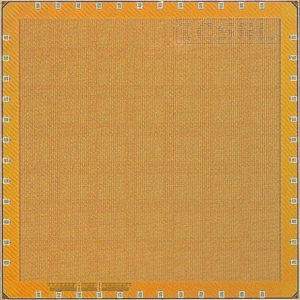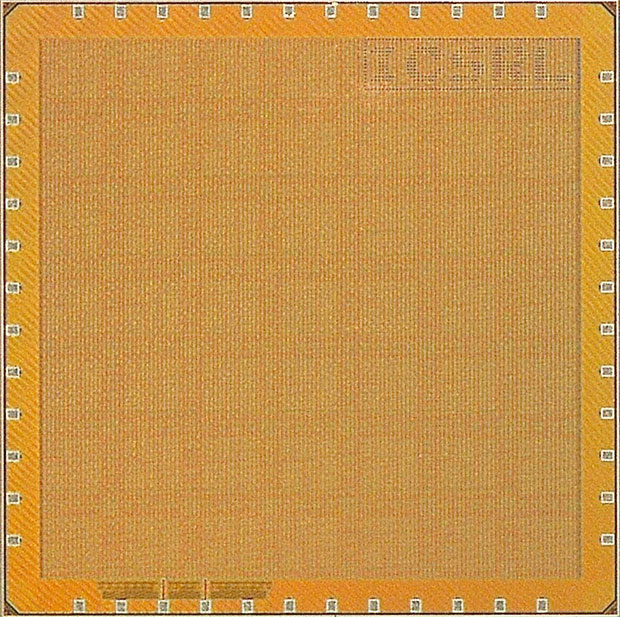
New Optimization Chip Tackles Machine Learning, 5G Routing
A 49-core chip by Georgia Tech uses a 1980s-era algorithm to solve some of today’s toughest optimization problems faster than a GPU

Engineers at Georgia Tech say they’ve come up with a programmable prototype chip that efficiently solves a huge class of optimization problems, including those needed for neural network training, 5G network routing, and MRI image reconstruction. The chip’s architecture embodies a particular algorithm that breaks up one huge problem into many small problems, works on the subproblems, and shares the results. It does this over and over until it comes up with the best answer. Compared to a GPU running the algorithm, the prototype chip—called OPTIMO—is 4.77 times as power efficient and 4.18 times as fast.

The training of machine learning systems and a wide variety of other data-intensive work can be cast as a set of mathematical problem called constrained optimization. In it, you’re trying to minimize the value of a function under some constraints, explains Georgia Tech professor Arijit Raychowdhury. For example, training a neural net could involve seeking the lowest error rate under the constraint of the size of the neural network.
“If you can accelerate [constrained optimization] using smart architecture and energy-efficient design, you will be able to accelerate a large class of signal processing and machine learning problems,” says Raychowdhury. A 1980s-era algorithm called alternating direction method of multipliers, or ADMM, turned out to be the solution. The algorithm solves enormous optimization problems by breaking them up and then reaching a solution over several iterations.

Leave a Reply